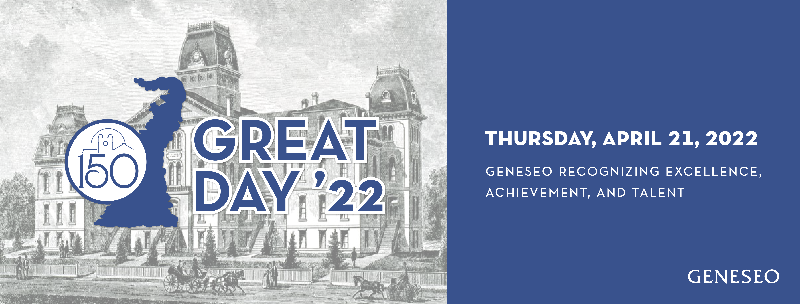
Submission Type
Poster
Start Date
4-21-2022
Abstract
A wealth of studies indicate that access to greenspace is correlated with increased health and well-being; therefore, access to greenspace is an important component of urban sustainability as it touches the areas of “good health and well-being” and “reduced inequalities,” two of the United Nations’ Sustainable Development Goals. This study seeks to understand the degree to which greenspace within the city of Buffalo, N.Y. is equitable. I will examine this by comparing greenspace acreage, quality (via amenities), and safety (via crime statistics) to each neighborhood’s per capita income, poverty rate, and racial composition. I expect the results of this case study to align with previous findings, which reveal that neighborhoods with low incomes, high poverty rates, or large minority populations typically have less quality greenspace than their wealthy, white counterparts. Buffalo is the second largest city in the state and has one of the most renowned park systems in the nation; however, if these parks are not accessible to all of the city’s residents, they are not truly sustainable, which could have important ramifications beyond the city in question. If Buffalo’s park system is not equitably contributing to all residents’ health and well-being despite being one of the most lauded park systems in the country, then it is likely that other cities are falling short in this area of urban sustainability as well, but if the city’s greenspace is equitable, then Buffalo could be a model for other cities to emulate when designing or improving greenspace.
Recommended Citation
Ranney, Emma, "058 -- An Evaluation of the Equity of Greenspace in Buffalo Neighborhoods" (2022). GREAT Day Posters. 13.
https://knightscholar.geneseo.edu/great-day-symposium/great-day-2022/posters-2022/13
058 -- An Evaluation of the Equity of Greenspace in Buffalo Neighborhoods
A wealth of studies indicate that access to greenspace is correlated with increased health and well-being; therefore, access to greenspace is an important component of urban sustainability as it touches the areas of “good health and well-being” and “reduced inequalities,” two of the United Nations’ Sustainable Development Goals. This study seeks to understand the degree to which greenspace within the city of Buffalo, N.Y. is equitable. I will examine this by comparing greenspace acreage, quality (via amenities), and safety (via crime statistics) to each neighborhood’s per capita income, poverty rate, and racial composition. I expect the results of this case study to align with previous findings, which reveal that neighborhoods with low incomes, high poverty rates, or large minority populations typically have less quality greenspace than their wealthy, white counterparts. Buffalo is the second largest city in the state and has one of the most renowned park systems in the nation; however, if these parks are not accessible to all of the city’s residents, they are not truly sustainable, which could have important ramifications beyond the city in question. If Buffalo’s park system is not equitably contributing to all residents’ health and well-being despite being one of the most lauded park systems in the country, then it is likely that other cities are falling short in this area of urban sustainability as well, but if the city’s greenspace is equitable, then Buffalo could be a model for other cities to emulate when designing or improving greenspace.


Comments
Sponsored by Dr. Jennifer Rogalsky